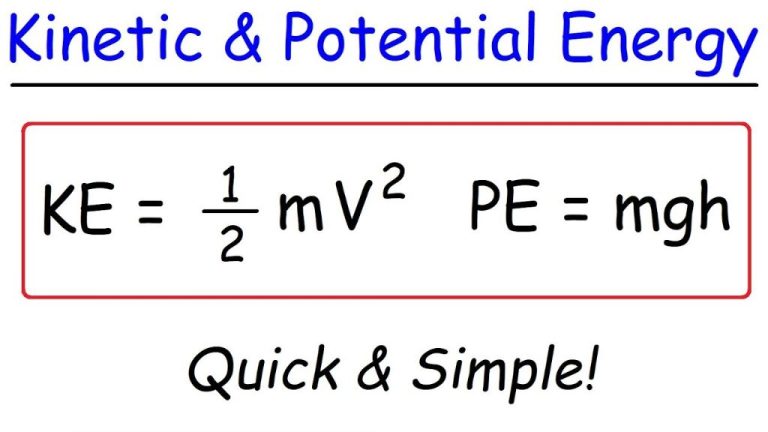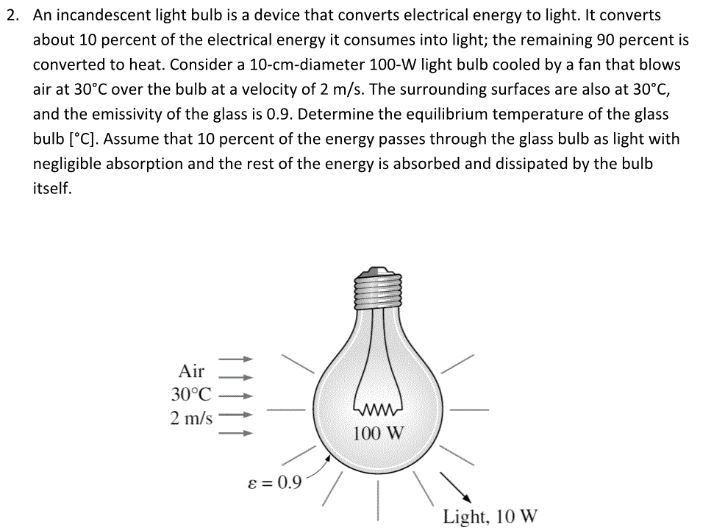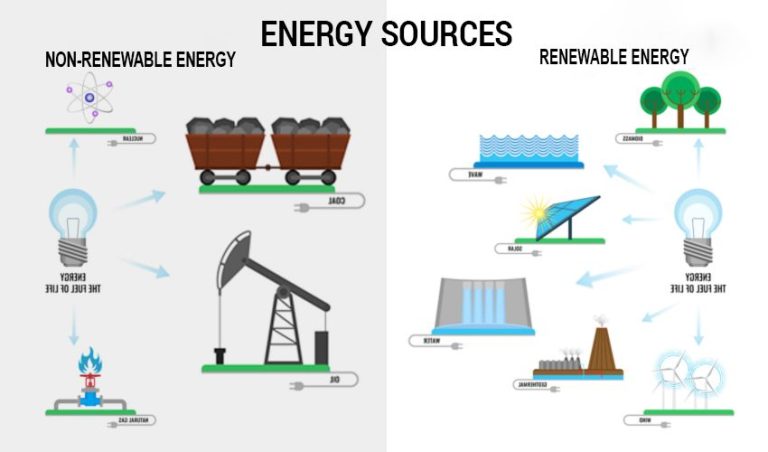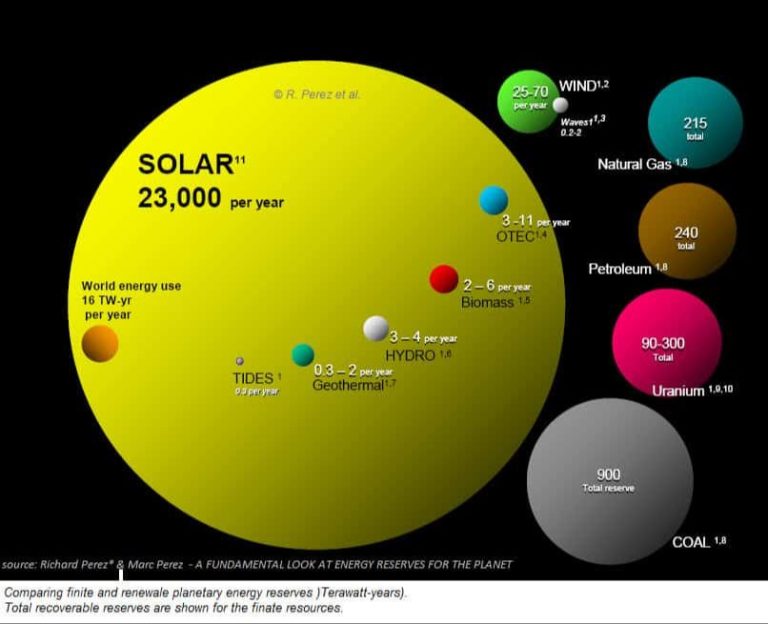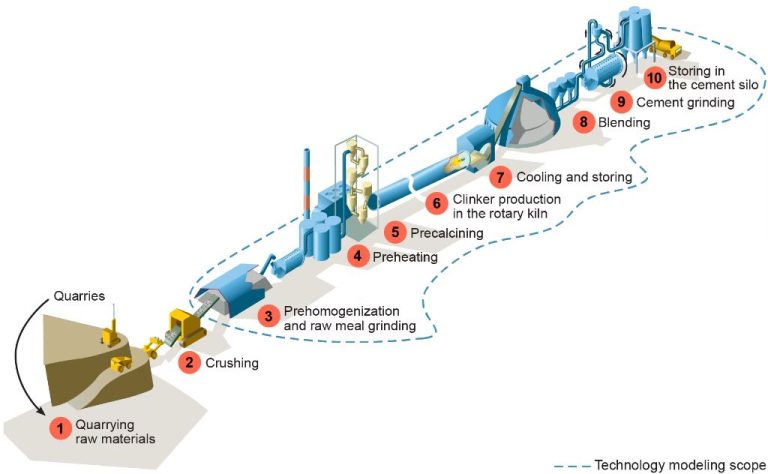What Is Work In Basic Electricity?
What is Work in Physics?
In physics, work is defined as force applied over a distance. When a force acts on an object and causes the object to be displaced, work is done. The mathematical definition of work is:
Work = Force x Distance
The units of work are joules (J) in the SI system. One joule is defined as the work done when a force of one newton moves an object one meter. So if a 10 newton force moves an object 5 meters, the total work done is 10 x 5 = 50 joules.
Work is a scalar quantity, meaning it only has a magnitude and no direction. Work can be positive, negative, or zero. Positive work is done when the force and displacement are in the same direction. Negative work is done when the force and displacement are in opposite directions. No work is done if either the net force or net displacement are zero.
Work in Electrical Circuits
In electrical circuits, the concepts of current, voltage, and resistance are key to understanding how work is done. Current is the flow of electric charge in the circuit and is measured in amperes (A). Voltage is the potential difference between two points in the circuit and is measured in volts (V). Resistance opposes the flow of current and is measured in ohms (Ω).
According to Ohm’s law, the current flowing through a circuit is equal to the voltage divided by the resistance (I = V/R). Power is the rate at which electrical energy is transferred by the circuit. Power is equal to the product of current and voltage (P = IV).
In physics, work is done when a force causes displacement. In electrical circuits, the electric force applied causes charges to move around the circuit. So the work done is equal to the power multiplied by the time the power is supplied. Since power is equal to the product of current and voltage, the work done by an electrical current can be calculated as:
Work = Power x Time
= (Current x Voltage) x Time
So in direct current (DC) circuits, the work done is directly proportional to the power delivered. Alternating current (AC) circuits are more complex but the same principles apply.
Electrical Energy Converted to Work
In electrical circuits, energy can be converted between different forms. One of the most common energy conversions is between electrical energy and mechanical work.
Batteries are a good example of a device that provides electrical energy. The chemical reactions within a battery produce electrons, which can then flow through an external circuit. This electron flow is an electrical current that transports energy.
Electric motors work in the opposite way – they convert electrical energy into mechanical work. Inside an electric motor, interactions between the magnetic fields and current-carrying wires produce rotational forces. This allows the motor to spin and do work, like turning the wheels of an electric car.
So in summary, batteries provide usable electrical energy, while motors can take that electrical energy and convert it into motion, forces, or mechanical work.
Everyday Examples
In our everyday lives, we use a variety of electrical appliances and devices that convert electrical energy into mechanical work. For example:
-
Kitchen appliances like mixers, blenders, and food processors use electric motors to spin blades and mix or chop food. The electrical energy is converted into rotational kinetic energy to perform mechanical work.
-
Electric can openers, electric knife sharpeners, and electric toothbrushes use electric motors to rotate cutting wheels or grinding stones to perform work.
-
Electric cars like Teslas have batteries that provide electrical energy to electric motors that propel the wheels and make the car move. The same principle applies for electric trains, buses, scooters, and more.
In all these examples, electrical energy from the power source is converted into mechanical work by electric motors and actuators. The amount of work done can be calculated by looking at the power usage over time.
Calculating Work in Circuits
The amount of work done in an electrical circuit can be calculated using the following formulas:
Work (Joules) = Current (Amps) x Voltage (Volts) x Time (Seconds)
Work (Watt-hours) = Power (Watts) x Time (Hours)
In these formulas, current is the flow of electric charge in amps, voltage is the potential difference in volts, power is the rate at which electrical energy is transferred in watts, and time is the duration in seconds or hours.
For example, if a circuit has a current of 5 amps, a voltage of 120 volts, and runs for 30 minutes (0.5 hours), the work done is:
Work (Joules) = 5 A x 120 V x (30 x 60 sec) = 108,000 Joules
Work (Watt-hours) = (5 A x 120 V) x 0.5 hrs = 300 Watt-hours
Units of joules and watt-hours allow us to quantify the amount of electrical energy that is converted into work in a circuit over time.
Conservation of Energy
According to the law of conservation of energy, energy can neither be created nor destroyed, only converted from one form to another. This law applies to electrical circuits as well. The electrical energy supplied by the battery or power source does not disappear – it is converted into other forms of energy to do useful work.
For example, an electric motor converts electrical energy into mechanical energy to spin a wheel or turn a gear. The electrical energy gets transformed into kinetic energy and heat. But the total energy before and after remains the same. Similar principles apply for lighting bulbs, fans, appliances and all other electrically powered devices. The electrical energy gets converted into light, sound, motion or heat.
The conservation of energy is a fundamental principle governing all electrical and mechanical processes. When analyzing any electrical circuit or device, the input energy from the source will equal the useful output energy plus any wasted or dissipated energy. There are always some inefficiencies and energy losses in real-world systems. But the total energy input and output balances according to the conservation law.
Efficiency
Not all electrical energy is converted to useful work. There are often significant losses that occur during the conversion process. Some key reasons for efficiency losses include:
- Transmission losses – Energy is lost as heat due to resistance in power lines during transmission from the power plant to homes and businesses.
- Waste heat – Many devices convert some electrical energy into heat rather than mechanical work. This heat is often released and not put to productive use.
- Friction – The moving parts in motors and generators cause friction during operation, wasting some energy as heat.
- Light production – Incandescent light bulbs convert most input energy into heat and light, not useful work.
To improve efficiency, transmission losses can be reduced with higher capacity lines and transformers. Devices and motors can be engineered to have less friction and waste. LED lighting converts more electricity directly to light. Overall system optimization is key.
Applications
The physics concept of work is critical to understanding many important applications we use every day. Electric motors are a key example. Motors convert electrical energy into mechanical work—the rotational force that powers everything from small household appliances to industrial machinery to electric vehicles. Without our knowledge of circuits and work, electric motors would not be possible.
Electric motors enable electrification that has revolutionized society over the past century. Appliances like refrigerators, washing machines, and vacuum cleaners use electric motors to do the physical work of cooling, cleaning, pumping water, and more. This automation of household chores has saved countless hours of human labor. Motors also allow large-scale industrialization that drives economic growth. Electric vehicles are another crucial application, where motors transform battery power into the work needed to propel the vehicle.
Understanding electrical work allows us to invent and improve motors, making them more efficient, powerful, and compact. Optimizing electric motors promotes sustainability as well, enabling cleaner transportation and reduced energy consumption. Our mastery of electrical work underpins the productivity gains from electrification that have shaped the modern world.
Challenges
While electrical energy enables much of the work and technology in modern civilization, there are still significant challenges around improving efficiency, energy storage, and long-distance transmission.
One major challenge is improving the efficiency of converting electrical energy into useful work. Up to 70% of energy can be lost in this conversion process due to resistance, friction, and waste heat. Developing superconducting materials that can carry electricity with zero resistance could potentially double efficiency and reduce energy consumption worldwide.
Storing large amounts of electrical energy remains an obstacle. Most batteries have low energy density compared to fossil fuels, and discharge over time. New battery chemistries, ultracapacitors, pumped hydroelectric storage, and other innovations are needed for storing enough electricity to fully power transportation, the grid, and more.
Long-distance transmission of electricity from point of generation to point of use leads to losses from resistance. High voltage direct current (HVDC) lines can transmit huge amounts of power over thousands of miles, but can be expensive to implement. New materials like graphene may enable superconducting transmission lines.
Addressing these challenges around efficiency, storage, and transmission will enable the world to tap into the full potential of electricity to do useful work with the least environmental impact.
Future Outlook
As technology advances, scientists and engineers continue to find new ways to utilize electrical energy to perform work more efficiently. Some key areas of future development include:
Improving battery technology
Lithium-ion batteries have become standard in most electronics and electric vehicles, but research is ongoing into new chemistries and materials that can store more energy in smaller, lighter packages. Solid-state batteries that use solid electrolytes rather than flammable liquids show great promise. Improved batteries will allow electric cars to travel further between charges and enable new portable electronics.
Wireless power transfer
Transmitting electricity over the air without wires, known as wireless power transfer, is already being used in some devices for short distances. Longer range wireless transmission could eliminate the need for plugs and charging cables. Room-range wireless charging and even city-wide systems are being researched.
Ultra-efficient motors
Motors convert over 90% of electricity into mechanical work already, but new motor designs, materials, and control electronics continue to push the boundaries. Ultra-efficient motors reduce electricity consumption for things like industrial machinery, home appliances, HVAC systems, and electric vehicles.

